Dragonerpanzer
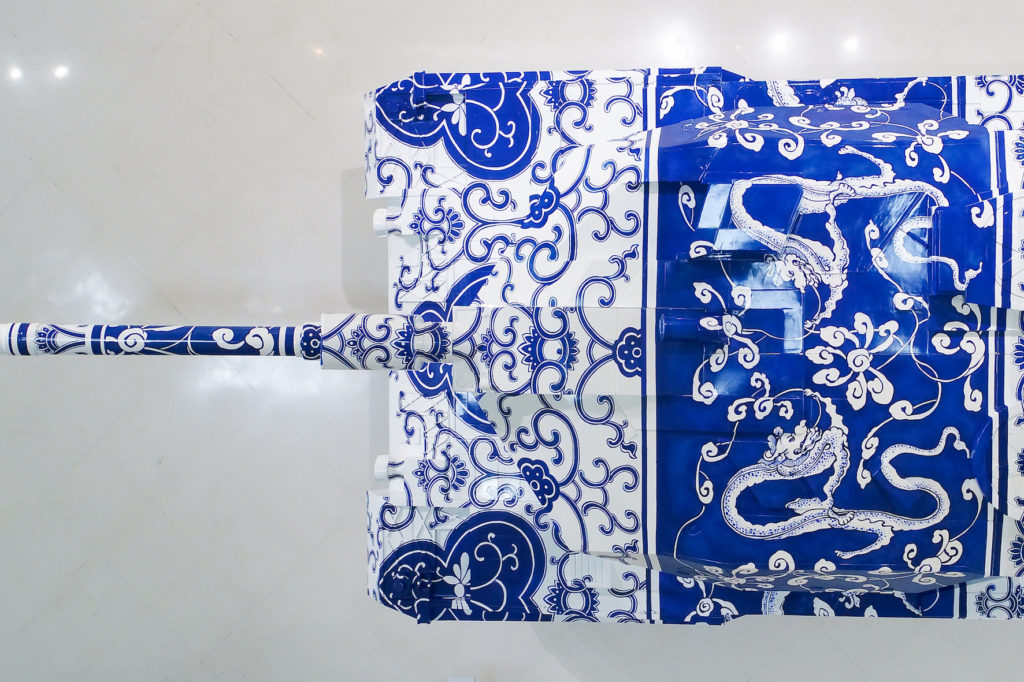
Dragonerpanzer, 2022 by Wasinburee Supanichvoraparch, in collaboration with BooX and curator, Nim Niyomsin at MOCA Bangkok Nov 2022-Apr 2023
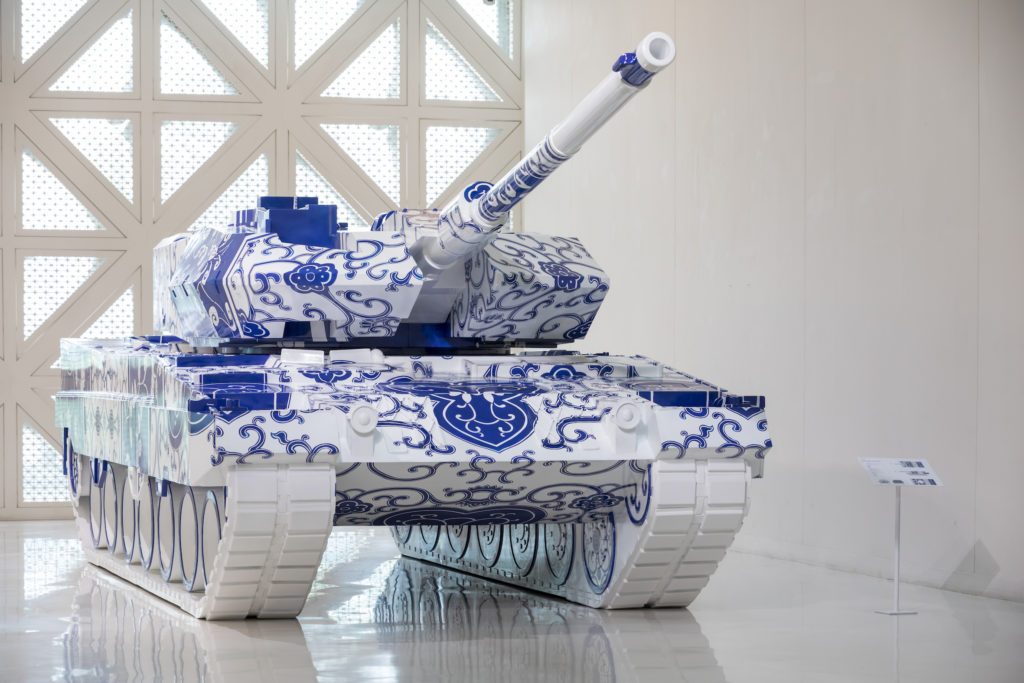


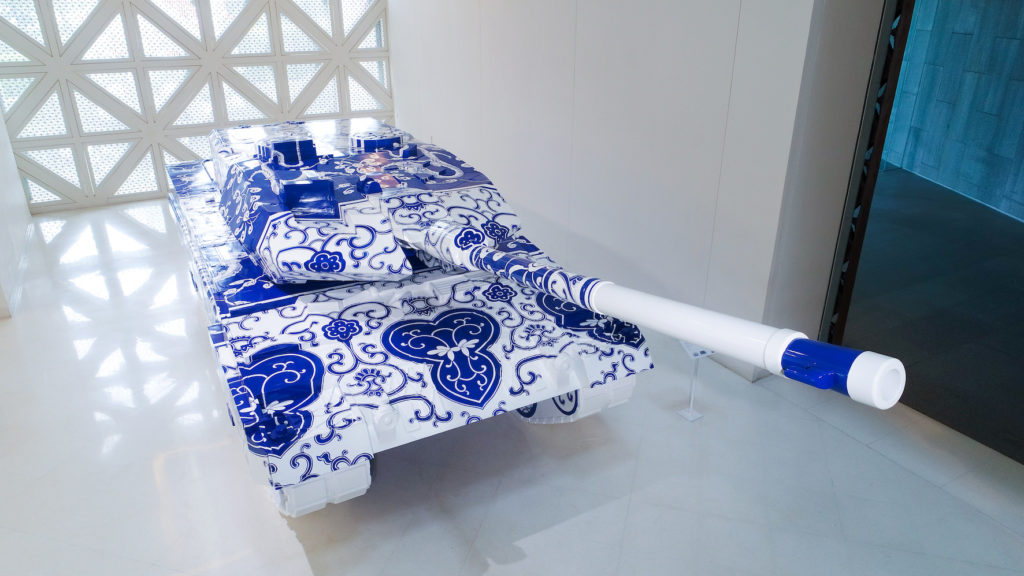
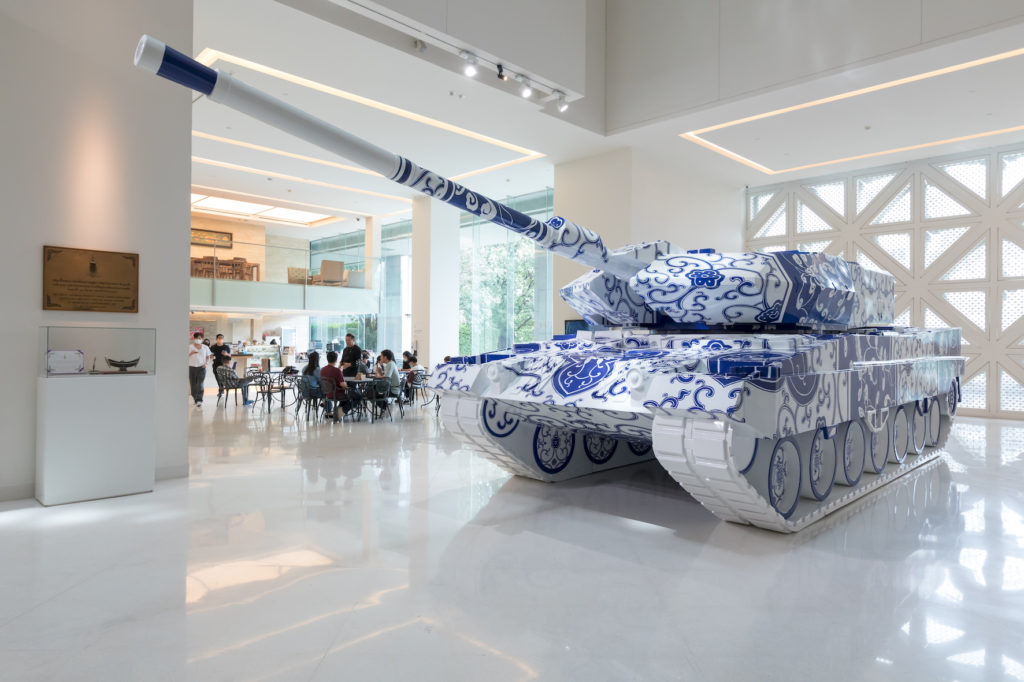
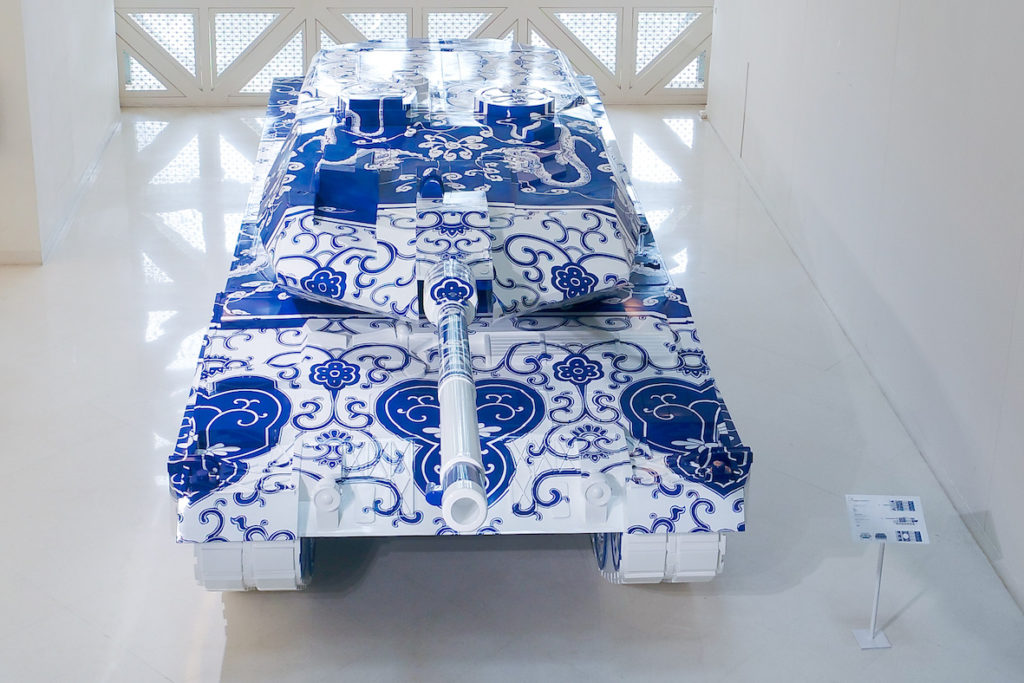
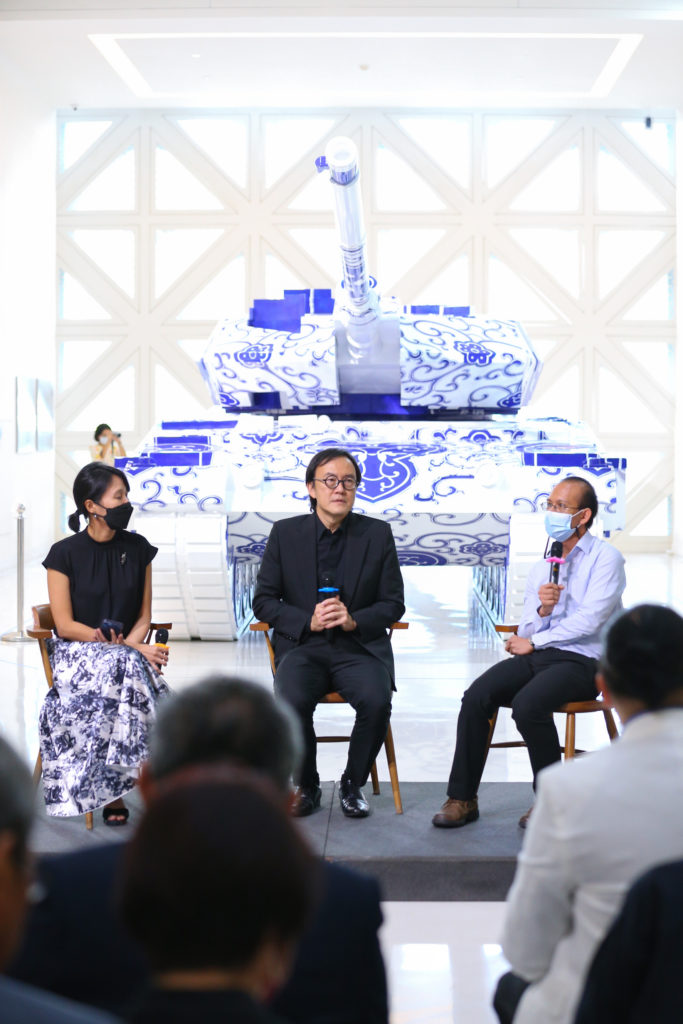

… dann fragte August:
(Friedrich August I once asked)
Ist das Porzellan schön?
(Is porcelain beautiful?)
Ist es etwas, das ich noch nicht habe?
(Is it something I do not possess?)
Dann kaufe ich es!
(Then, I will buy it.)*
In 1717, August II, Elector of Saxony and the King of Poland, who was well known for his fascination with the arts, traded 600 of his highly reputed Dragoon soldiers (mounted troops) for 151 porcelain pieces from King Frederick Wilhelm I of the neighboring country, Prussia.
Inspired by this historical event, Dragonerpanzer (2018-present) is an ongoing series by Wasinburee Supanichvoraparch. It represents the story of glory, desire, and power structure. Starting with a porcelain tank based on the Leopard 2, a battle tank made in Germany, this showcase is his first attempt to create a life-size tank. This is to give people their full power and meaning, like the real soldiers and arts that were traded between these two powerful realms.
Supanichvoraparch first heard of this fascinating event from Krabuang Tuoi Kala Taek (Thai: กระเบื้องถ้วย กะลาแตก), a book by Phimpraphai Phisanbut. As a ceramist, he was moved by how art held such high value and regard, causing this unorthodox exchange of four esteemed soldiers for a single piece of porcelain. He visited the Staatliche Kunstsammlungen Dresden museum and its famous Dresden Porcelain Collection. Here he found what was left of the Dragonervasen, or Dragoon vases, which are large, beautiful vases that were part of this trade and named after the troop.
Nevertheless, while working on this series, his illusion started to fade. If one side was so crazed by the art, does it mean that the other side was so ignorant of its value? Or was the situation more complicated, with more implicit reasons and factors at play?
‘The 18th century is the age of glory. All the kings, princes, and noblemen of all the kingdoms were acquiring their greatness, glory, and renown. The main role model was King Louis the XIV of France with his grand Palace of Versailles and who established Absolutism in Europe at the end of the 17th century. It became an ideal way to govern, followed by many rulers in Europe throughout the 18th century until the French revolution in 1789. Cultural materials could act as a symbol and convey the message and concept of glorification and power.’
– Tul Israngura Na Ayudhya
Warfare was the primary method for rulers to climb the ranks. When Elector Friedrich August I of Saxony won the war with Sweden, he gained the right to rule over Poland and received his life ambition, to become King August II of Poland. To heighten his new power, he needed to possess valuables. Religion was also at play here. He was previously restrained by the main religion of Saxony, which was Lutheran, a branch of Protestantism, which believed in modesty. With the new status, he converted to Catholicism and was free to lavish himself with luxury objects to prove his grandeur.
King Friedrich Wilhelm I of Prussia had only recently ascended to the throne a few years before. He wanted to expand his army, which was crucial and a necessity for maintaining Brandenburg’s power. His treasury was running low, and training good soldiers would take a long time and waste a lot of money. He was also a Calvinist, a major branch of Protestantism that believed in hard work and modesty. This trade would prove his strong religious beliefs while gaining him admiration amongst his people that their King paid more attention to military strength than luxurious objects.
Ultimately, maybe this was not only about the love for art. Rather it was about how all parties were trying to do anything to reach the same goals, to gain the highest power and status. Even in the present day, nothing has changed. Things are not always as it seems with a different perspective and true purpose.
Supanichvoraparch created this series to reflect on a real historical event. The tank is used as a symbol of a present-day warhorse. It is adorned with Chinese porcelain patterns found on real Dragonervasen, as a way to present his personal interpretation and transformation of this significant moment in history, that still lingers to this day.
*Extracted from https://leichterlesestoff.blogspot.com/2018/07/
Nim Niyomsin